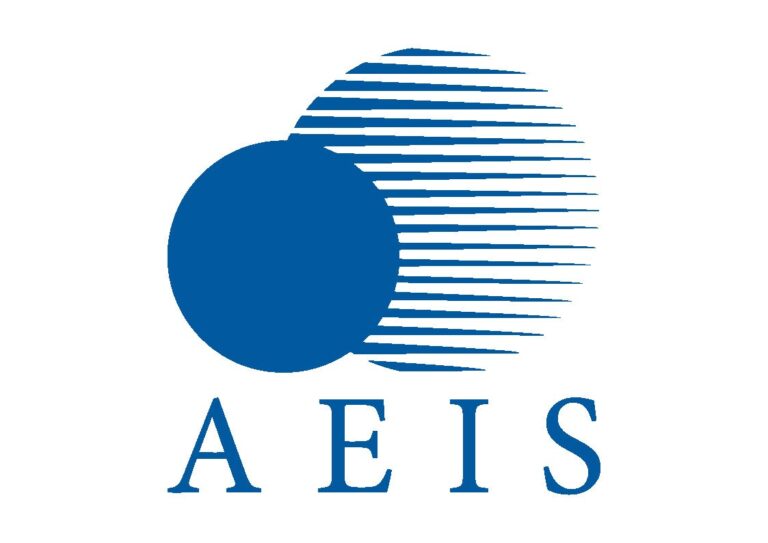The “5G mmWave Market: ~$75B TAM by 2026 Driven by 5G Infrastructure, 5G Core, 5G Chipsets, Vendor Market Analysis & Total cost of Ownership” report has been added to ResearchAndMarkets.com’s offering.
This study conducted on the 5G mmWave market provides in-depth analysis on current 5G mmWave deployments, ecosystem, spectrum, market overview, evolution, drivers & challenges, use cases, and cost analysis. The study is focused on entire 5G mmWave value chain that includes 5G mmWave semiconductor suppliers, infrastructure equipment providers, mobile network operators, and network solution providers.
As per this latest market report, 5G mmWave market is expected to be valued to reach $75.2 billion by 2026, at a CAGR of 43% for next 5 years. Semiconductor components which include baseband processor/modem and RFIC components such as RF transceivers and RF front end are expected to be the major contributors in 5G mmWave market because of growing availability of 5G mmWave enabled devices.
mmWave delivers wide spectrum and capacity over the shortest distances for 5G along with lower latencies. High bands above 24GHz are allocated for 5G telecom infrastructure. The availability of the new spectrum depends on how much spectrum is released by regulators for use by service providers. Spectrum allocations for mmWave are often extremely wide, with 800 MHz or more per service provider and band. Wide spectrum enables the provision of high-capacity delivery and improved handling of peak rates. The US market is a global leader in the use of mmWave spectrum for 5G, with all major US operators already offering commercial 5G services using the band. Limited 5G mmWave deployments has been witnesses in Asia Pacific while Europe is far behind.
Currently, there are seven operators that have already launched commercial 5G networks using mmWave bands: NTT Docomo and Rakuten (Japan); MTN (South Africa); Asia Pacific Telecom (Taiwan); and AT&T, T-Mobile and Verizon (US). As per GSMA, Asia-Pacific and Americas regions are expected to generate the greatest share of the total contribution of mmWave 5G to the GDP, $212 billion and $190 billion, respectively. One-fifth of the Asia-Pacific total ($212 billion) is the contribution made by the region after excluding early adopters China, Japan, the Republic of Korea, Australia and New Zealand.
As of May 2021:
- 161 operators in 44 countries/territories are investing in 5G (in the form of trials, licences, deployments or operational networks) across the 24.25-29.5 GHz spectrum range.
- Of those, 112 operators are known to have been licensed to deploy 5G in this range.
- Twenty-seven operators are understood to be actively deploying 3GPP-compliant 5G networks using this spectrum.
Major companies advancing current 5G mmWave momentum include Airtel, AT&T, Casa Systems, China Unicom, Chunghwa Telecom, Deutsche Telekom, Electronics Telecommunications Research Institute (ETRI), Elisa, Ericsson, Fastweb, Fibocom, Gongjing Electronic, HMD Global, HONOR, Infomark Co., Ltd, Innowireless Co., Ltd., KDDI CORPORATION, Kyocera, MeiG, Motorola, NBN Co, Nokia, NTT DOCOMO, OPPO, Optus, Orange, Partron Co., Ltd., Quectel, Rakuten Mobile, Samsung Electronics, Singtel, SoftBank Corp, Sunsea AIoT, TCL Communication, Telecom Argentina, Telia Finland, Telstra, TIM, True Corporation Plc., UScellular, vivo, Vodafone, Xiaomi, and ZTE.
Key Highlights
- 138 thousand small cells are expected to be deployed by 2021 which is expected to rise to 3.25 million by 2026 considering dense small cell deployment by operators for mmWave. FWA is expected to be a major contributor to 5G mmWave infrastructure market as it was the first 5G use case. Apart this, 5.1 million CPEs are expected to be deployed by 2026.
- 5G mmWave macro cell market is expected to reach $4.8 billion by 2026. North America is the major contributor for Macro cells with ~83% share in 2021 as major 5G mmWave deployments are taking place in the US.
- In 5G network, the NFV will play a significant role in terms of providing operators the flexibility to expand their network functionality as well as provide effective and efficient operation of the network. NFV will enable network slicing and distributed cloud, which would supplement it to create flexible and programmable networks with an opportunity worth $3.1 billion
- 202 million devices with 5G mmWave support are expected to be shipped in 2021 and is likely to reach 1.1 billion units by 2026. Smartphone segment is expected to contribute major share of this market. A new application may emerge in the form of Robots and Drone contributing more than $110M for 5G mmWave by 2026
- The cost per square metre of a midband-only indoor 5G network versus a mmWave plus mid-band 5G network, assuming 10% of smartphones, laptops and security cameras are on 5G and 20% of both laptops and communications equipment are concurrently active. The result shows that if standard communications equipment is deployed, the yearly cost per square metre of a mid-band indoor network would amount to $2.86, while if advanced communications equipment is deployed, the cost per square metre of a mmWave plus mid-band network would amount to approximately $2.99.
- North America is expected to account for the largest share of ~62% in 2021 while China is going to lead with more than 30% share in 2026. The growth in 5G mmWave market in APAC is likely because of increasing deployment of 5G mmWave in countries such as China, Japan, and South Korea.










